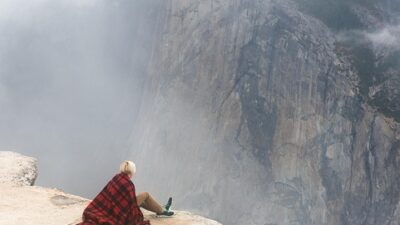The landscape of education is undergoing a profound transformation, fueled by technological advancements that blend the physical and digital worlds. Among these innovations, mixed reality (MR) stands out as a game-changer, offering immersive learning experiences that engage students in ways traditional methods cannot. As educators and institutions explore the potential of MR, the future of learning becomes increasingly interactive, personalized, and effective.
Understanding Mixed Reality
Mixed reality encompasses a spectrum of technologies, combining elements of both augmented reality (AR) and virtual reality (VR) to create environments where real and virtual objects coexist and interact in real time. While AR overlays digital content on the physical world, and VR immerses users in entirely virtual environments, MR merges these experiences, allowing for seamless interaction between the two realms. This technology has the potential to transform conventional classroom dynamics, fostering a more engaging and interactive learning environment.
Enhanced Engagement and Interactivity
One of the most notable impacts of MR in education is its ability to enhance student engagement. Traditional teaching methods often struggle to capture the attention of learners, especially in a digital age where distractions are abundant. MR addresses this challenge by transforming lessons into immersive experiences. For example, students learning about ancient civilizations can explore virtual ruins, interact with historical figures, and engage in dynamic storytelling that makes history come alive. This level of interactivity not only fosters curiosity but also promotes deeper understanding and retention of knowledge.
Personalized Learning Experiences
Mixed reality also paves the way for personalized education. By providing tailored learning paths that cater to each student’s individual needs, MR allows educators to differentiate instruction more effectively. Students can progress at their own pace, engaging with content that matches their skill level and learning style. For instance, a student struggling with a particular math concept can access interactive MR simulations that visually illustrate the problem, enabling them to grasp complex ideas without feeling overwhelmed.
Collaborating in New Ways
Collaboration is a critical component of modern education, and mixed reality fosters teamwork through innovative virtual spaces. MR allows students to collaborate on projects without geographical limitations. Imagine a group of science students from different parts of the world coming together in a virtual lab to conduct experiments. They can work simultaneously on the same virtual molecules, testing hypotheses in real time and sharing insights that transcend physical boundaries. Such collaboration not only enriches learning but also nurtures essential skills like communication and teamwork.
Bridging the Gap for Diverse Learners
The potential of MR to democratize education and make it accessible for diverse learners cannot be underestimated. For students with disabilities, mixed reality can provide specialized tools and learning modalities that accommodate unique needs. Visual learners can benefit from 3D visualizations, while auditory learners may engage with narrated simulations. Additionally, MR can create immersive environments that make challenging subjects more approachable, fostering inclusivity in the classroom.
Challenges and Considerations
Despite the promise of mixed reality in education, implementation comes with challenges. The financial investment in hardware and software can be prohibitive for many schools, particularly those in underfunded areas. Additionally, there is a learning curve for both educators and students to navigate this new technology. Comprehensive training and ongoing support are essential to ensure that MR tools are used effectively and to their full potential.
The Future of Mixed Reality in Education
As the technology continues to evolve, the possibilities for mixed reality in education are boundless. We can envision classrooms where students transport themselves to any point in time or place, conduct real-world simulations in a safe virtual environment, and engage with educational content in unprecedented ways.
Educational institutions have an opportunity to harness mixed reality to foster a new paradigm of learning—one that values curiosity, creativity, and collaboration while preparing students for a future that demands adaptability and critical thinking.
Conclusion
Mixed reality is not just a technological novelty; it is a powerful tool that has the potential to revolutionize education. By breaking down barriers to engagement and personalization, promoting collaboration, and enhancing accessibility for diverse learners, MR can create an enriched educational landscape. As we stand on the cusp of this new era, educators, administrators, and technologists must work together to ensure that the full potential of mixed reality is realized, transforming classrooms into vibrant hubs of learning and discovery.



